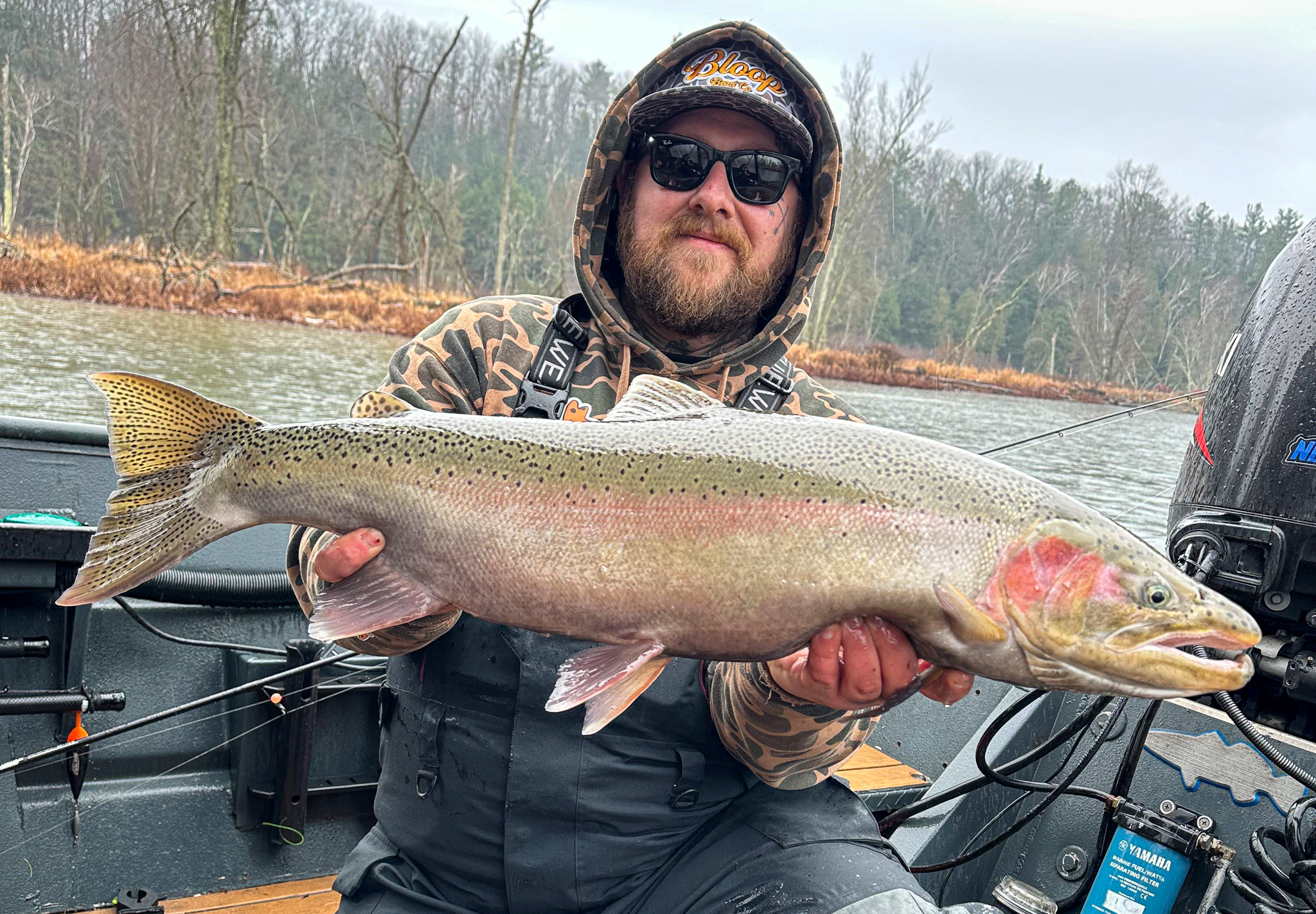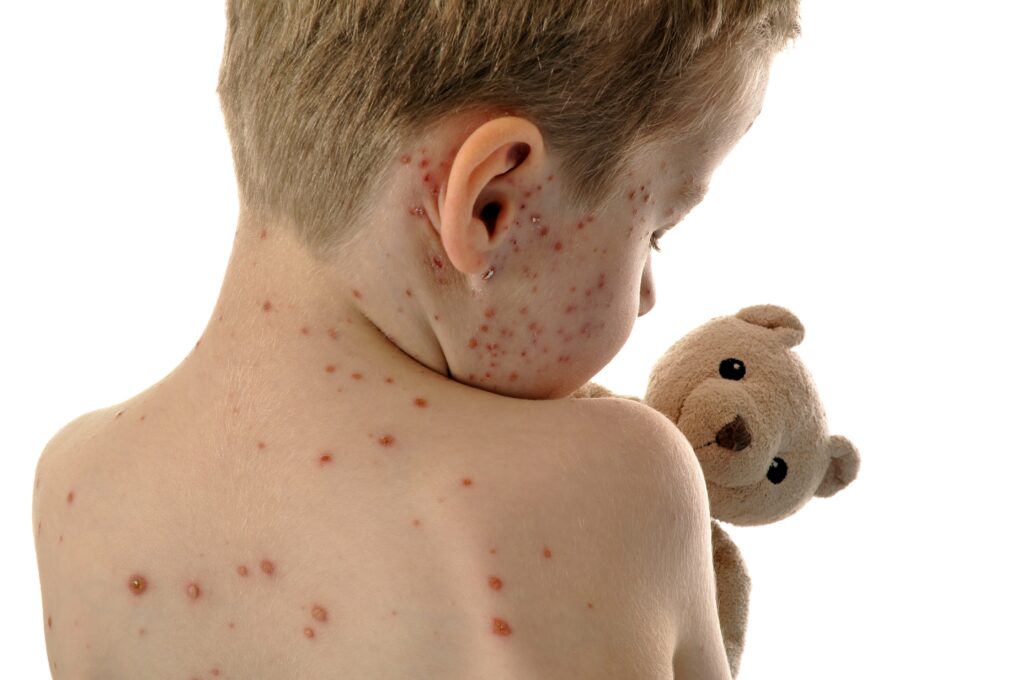Quick Strike Podcast: Breaking Down Bead Selection for Fall Steelhead

Here’s how it works. You tie or peg a plastic bead that represents a salmon or steelhead egg onto your leader. Three to five inches below that bead, you tie on your hook. When a steelhead grabs the bead you set, pulling the bead out of its mouth, and pulling that hook in — or, quite often, into the fish’s outer jaw. You can present a bead on a centerpin outfit, spinning rod, or fly rod, but the method isn’t as cut and dry as it sounds.
Walk into any well-stocked shop that caters to salmon or steelhead crowds, and you can be downright overwhelmed by the selection of bead colors and sizes. I sure was the first time I ever tried them on a trip to Alaska. Without the guidance of the shop owner, who knew all the rivers I planned to fish, I’d likely have chosen colors that matched the jarred eggs I used for trout as a kid — and I likely wouldn’t have been nearly as successful with giant rainbows.
Justin Lasanske is one of the founders and owners of Michigan-based Bloop Bead Co. He understands the intimidation new bead users experience because he fields color questions from them constantly. Though narrowing down the ringers on any river can take time, you can be successful with steelhead this fall if you just follow a few of his basic color rules.
Listen to this week’s episode of Quick Strike on Apple, Spotify, or wherever you get your podcasts.
Color Over Easy
You can purchase basic eggs kits from big-box retailers, though I know from experience they often fall short on the river. Pre-made kits tend to include beads in natural colors, but the top producers are often those that match the conditions more than the natural color of an egg.
“Water clarity is always the biggest factor,” Lasanske says. “If I look at a river and see a green tint, as an example, I’m absolutely throwing a chartreuse bead. You’re always trying to match the color of the bead to the color of the water. You’re asking in the current conditions, which color will stand out the clearest to the fish?”
There is, however, more to it than just water clarity. The sky matters, too. According to Lasanske, muted colors shine on cloudy days, while louder colors are better during high sun days. So although chartreuse might be the base color, he’ll choose a translucent chartreuse bead in stained water on a cloudy day, and a bigger, bolder opaque chartreuse bead with a UV finish on bright days. Then you have to start factoring in minute details of the finish.
“Remember that when steelhead are eating eggs, they’re not hunting. They’re not in kill mode. They’re looking for protein.”
One of the most common is a single red blood dot painted on the bead. You might think that two beads in the exact same color would perform equally well even though one has a blood dot and the other doesn’t, but Lansanske says that’s not the case.
“You have to remember that when steelhead are eating eggs, they’re not hunting. They’re not in kill mode,” he says. “They’re looking for protein, and a natural egg with a blood dot indicates that the egg is past its prime, it’s not going to produce a new fish, so now it’s just straight protein up for grabs. I can’t tell you how many guides tell me beads without a blood dot won’t get touched on certain days.”
The reality is that the ringer beads on any given river can change weekly or even daily as conditions change. Does this mean you need to carry every color and size made? Of course not. But if you’re fishing the same river over and over, you will figure out the niche bead patterns that produce best. In the meantime, Lasanske recommends starting with a selection of yellow, orange, and chartreuse beads no matter where you’re fishing for steelhead.
The time of year you’re targeting steelhead will also determine top bead colors. Though water clarity is a factor all the time, Lasanske reminds anglers that the appearance of natural eggs in the river will change throughout the spawning cycle. Early in the spawn, they’ll be vibrant. As winter creeps in, things will get a bit dull.
“When steelhead and salmon are actively dropping eggs, I’m fishing a lot of bright orange,” he says. “The feeding fish are tuned into fresh eggs, so bright colors match the hatch. But as those eggs tumble down river, they’ll change quickly.”
Eggs that haven’t been fertilized will soon become yellow, and as the weeks press on, dead eggs begin to turn white. Despite this lack of freshness, however, they are still a primary food source for steelhead. Lasanske says there’s no better gift in the late season than finding a few natural eggs washed up near the bank, as it allows you to match their color as closely as possible. Though his favorite base colors — orange, yellow, and chartreuse — are still deadly, late season would be the time to opt into models that have muted tones or white overpainting that really dulls down that base color.
Read the full article here









